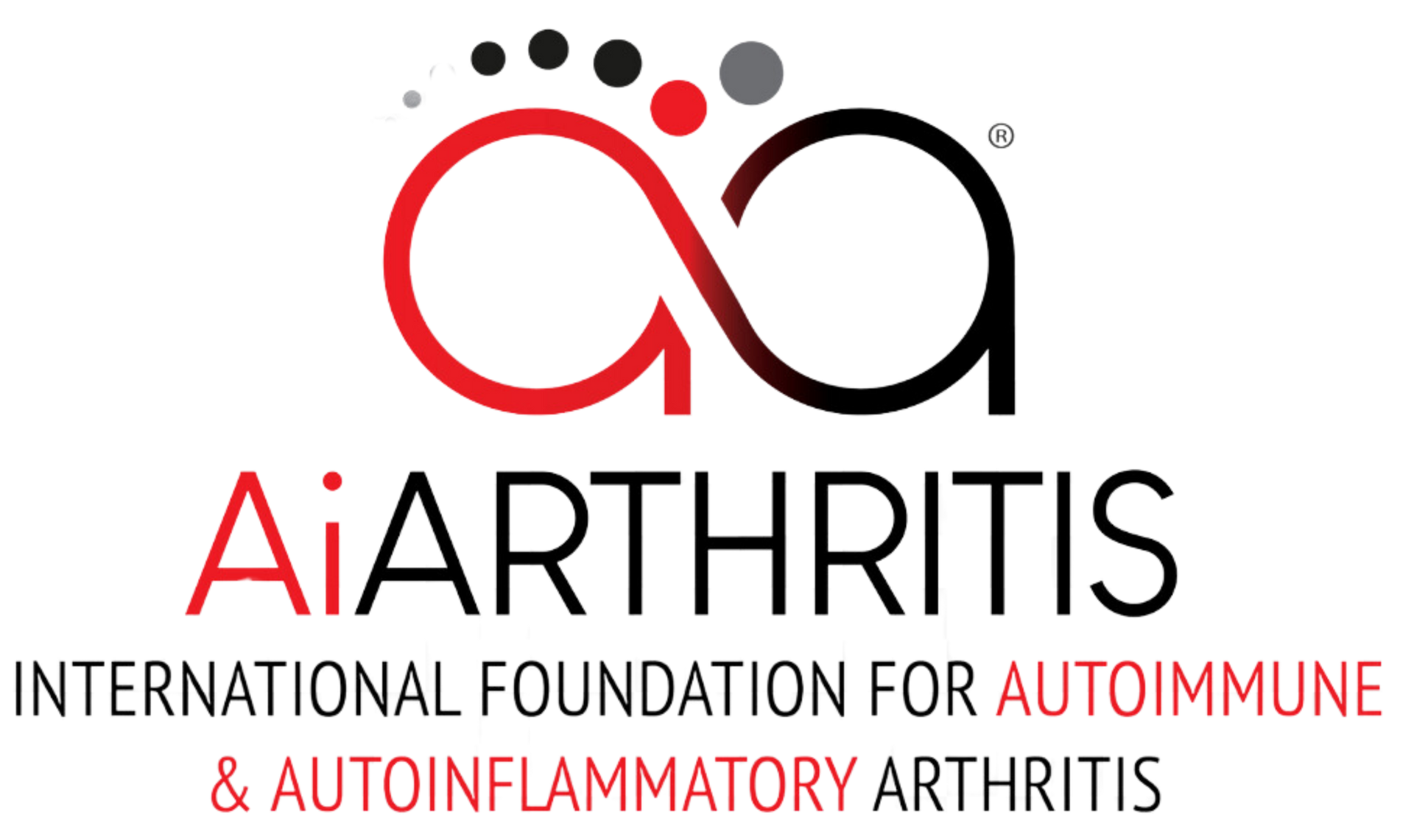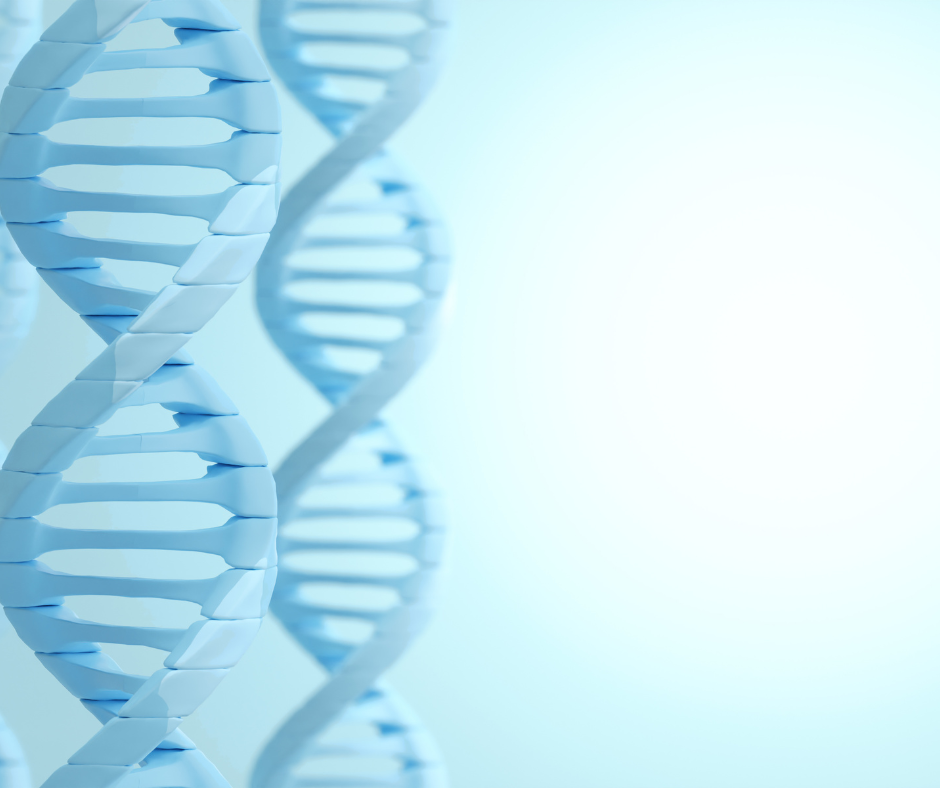What is Remission and How To Achieve It
Living with an autoimmune arthritis disease like rheumatoid arthritis or lupus can often feel overwhelming. However, many patients find hope in achieving remission. Although remission is not a cure, it can significantly reduce symptoms and improve quality of life.
Understanding Remission
Remission is a period when the symptoms of a chronic disease lessen or disappear entirely. This means the disease becomes inactive or well-controlled, allowing individuals to experience minimal to no pain, inflammation, or other debilitating symptoms. It's important to note that remission does not mean the disease is completely gone; rather, it is in a state of rest.
There are two types of remission:
- Clinical Remission: When a patient’s symptoms are so minimal that they are nearly undetectable through physical exams or self-reporting.
- Laboratory Remission: When blood markers of inflammation and other lab results indicate that the disease is under control.
Achieving remission is the ultimate goal in managing many chronic conditions, as it allows for improved daily functioning and a higher quality of life.
Path to Remission
Achieving remission typically involves a combination of early diagnosis, effective treatment, and careful disease management. Key factors include:
- Early Diagnosis: The earlier a chronic disease is diagnosed, the better the chances of achieving remission. Early treatment can prevent irreversible damage to joints, organs, and other affected areas.
- Aggressive Treatment: Initiating strong, targeted therapies (such as biologics or disease-modifying anti-rheumatic drugs) can help control the disease more quickly, increasing the likelihood of remission.
- Close Monitoring: Regular check-ups with your healthcare provider are crucial to ensure that treatment is effective and adjustments are made as needed.
- Personalized Treatment Plan: Every person’s disease is unique. Collaborating closely with a rheumatologist or specialist to tailor a treatment plan to your specific symptoms, disease severity, and lifestyle can improve the chances of remission.
- Self-Advocacy: Staying informed and involved in your own care is essential. Asking questions, monitoring symptoms, and proactively seeking adjustments in treatment can all contribute to achieving remission.
While remission may not be possible for everyone, reaching a state of low disease activity can still provide significant benefits in terms of quality of life. Consult your healthcare provider to understand what remission might look like for you and the steps you can take to achieve it.






